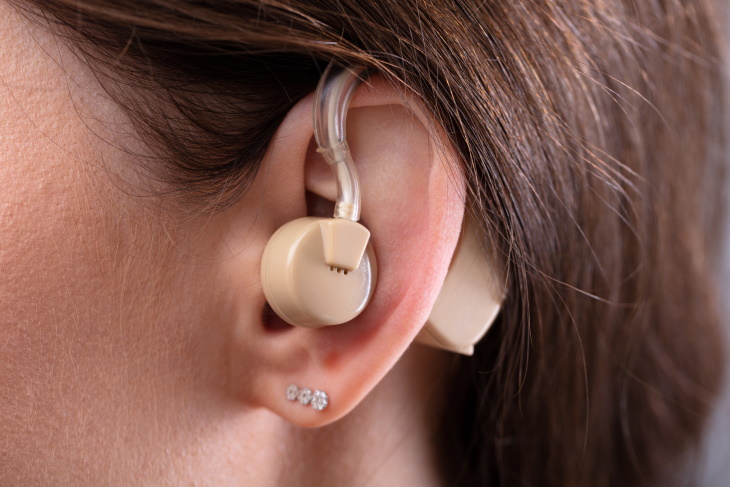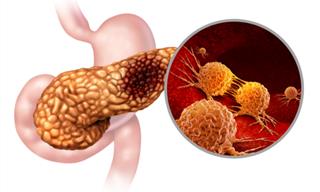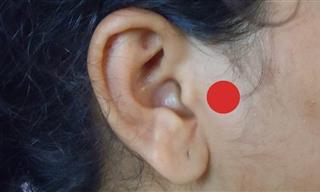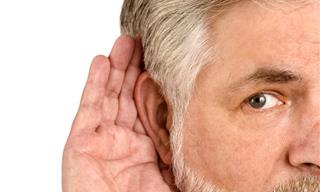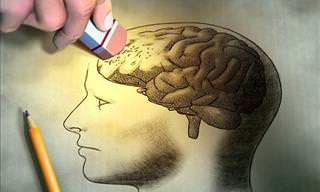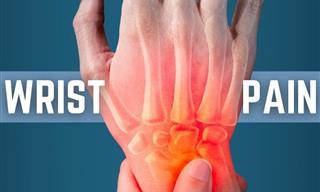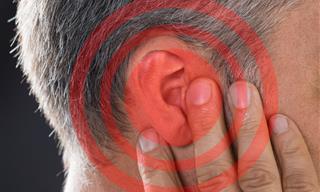How Hearing Works
The human ear is an incredibly complicated structure. If any part of the ear isn’t working as it should, this could lead to a decline in hearing. Hence, in order to understand how hearing loss can occur, we must first learn how our ears transform sounds into information that can be interpreted by the brain.
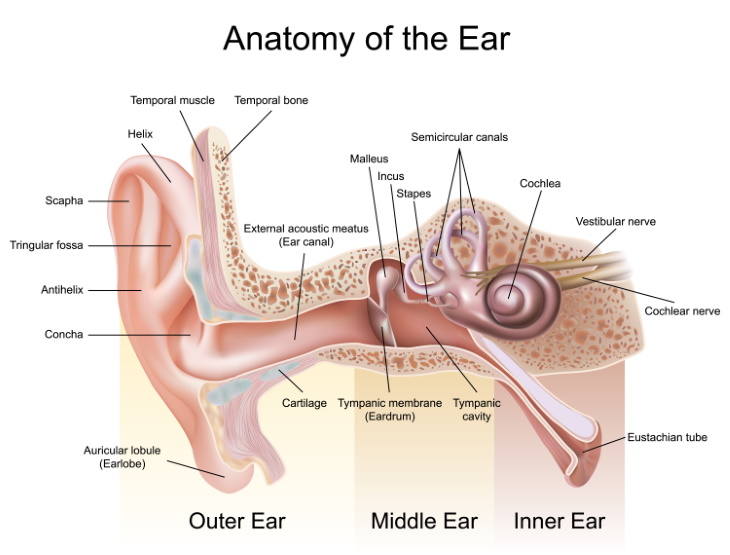
Hearing starts when a sound wave travels from the outer ear to the eardrum - a thin skin seal that divides the outer ear from the middle ear.
The sound wave makes the eardrum vibrate, and these vibrations are also picked up and amplified by the 3 ossicle bones in the middle ear called the hammer, anvil, and stirrup. The vibrations of the structure in the middle ear trigger a series of chemical reactions in the cochlea, a snail-shaped part in the inner ear. It is the cochlea’s job to transform sound wave vibrations into electrical stimuli that can be readily perceived by the brain.
Any of the structures in the outer, middle, and inner ear, as well as the nerves and brain structures responsible for hearing, can be implicated in hearing loss. It is for this reason that a variety of health conditions and lifestyle changes can affect your hearing.
The Signs of Hearing Loss
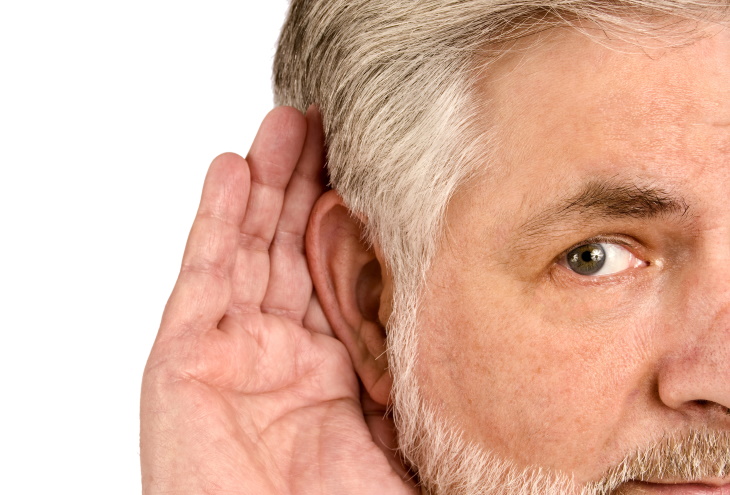
One would think that hearing loss should be quite easy to spot. However, due to the often gradual nature of hearing loss and absence of pain, many people are unaware that their hearing is getting worse. This is a topic we discuss at length in the article 5 Subtle Signs of Hearing Loss. Briefly, some of the first signs patients can notice are:
- You frequently ask people to repeat what they said
- Compared to others, you always turn up the volume on the TV
- People often seem to speak incoherently or mumble to you
- It’s difficult for you to follow a conversation, especially on the phone or in crowded public spaces
- High-pitched sounds, like telephone ringing or birds chirping, are difficult for you to hear
- You often feel dizzy or off balance
- You feel pressure or fluids in the ear
- Tinnitus - a feeling of ringing in the ears
- Earache.
In children, hearing loss is often difficult to notice. If a child is never startled by loud sounds, doesn’t speak by age 1, or is not responsive to their name, they could be experiencing hearing loss.
The Types of Hearing Loss

The American Speech-Language-Hearing Association (ASHA) distinguishes between 3 types of hearing loss:
- Conductive hearing loss - when sound waves can’t get to the middle ear, such as when there’s buildup of earwax that leads to muffled hearing. Ear infections, allergies, tumors, and foreign objects can also cause this type of hearing loss. Once the cause has been treated, hearing can often be restored.
- Sensorineural hearing loss - when the inner ear or the nerves are damaged. This type of hearing loss is usually permanent.
- Mixed hearing loss occurs when both the middle ear, the inner ear, and/or the nerve connections are damaged.
Depending on whether or not hearing loss occurs in one or both ears, it can also be either unilateral or bilateral.
The Causes of Hearing Loss
Now that you know what to look for and what structures could be involved in the loss of hearing, let’s examine the possible causes of this condition.
1. Age-related hearing loss

Age-related hearing loss develops gradually and is bilateral. You may first notice that you keep turning up the volume on the TV or that people’s speech sounds unclear. Though experiencing some hearing loss with age is normal, it’s certainly beneficial to seek relief if the symptoms are getting uncomfortable.
Presbycusis belongs to a type of hearing loss called sensorineural, which means that the issue lies with age-related changes in the inner ear, the middle ear, or the nerves that connect the ear and the brain.
Age-related hearing loss can also coincide with serious underlying health conditions like diabetes and Alzheimer’s disease. So, make sure to report this symptom to your physician, especially if hearing loss develops quickly or abruptly. For more information, read Hearing Loss Comes With Added Risks of Dementia & Diabetes.
2. Illnesses that cause hearing loss
A number of health conditions, including autoimmune diseases, cancers, and other illnesses can lead to hearing loss:
An inner ear condition that causes dizziness, tinnitus, sensitivity to loud sounds, and fluctuating hearing loss in both ears. The cause of Ménière's disease is unknown, and it usually affects people aged 30-50 years old. Over time, it causes some degree of permanent hearing loss.
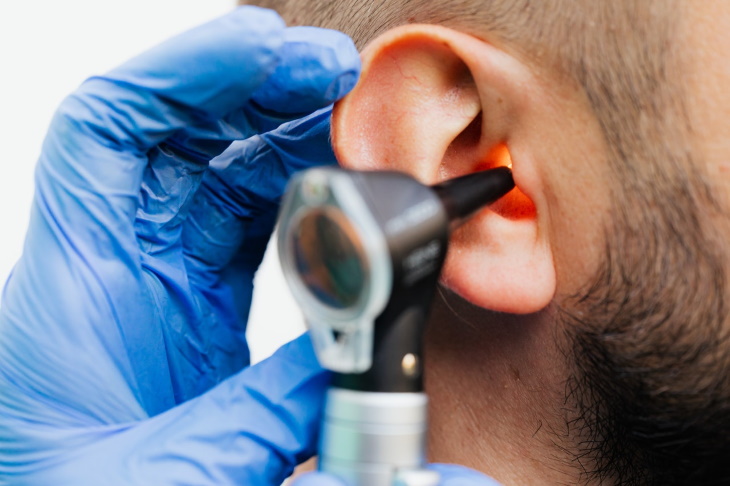
- Autoimmune inner ear disease
A rapid and permanent loss of hearing loss that occurs when the immune system starts attacking the inner ear. Seeing a doctor as soon as possible will help preserve your hearing with minimal damage.
A disease that affects the middle ear, limiting the movement of the ossicle bones. The condition can be treated with surgery.
Both viral and bacterial infections can result in hearing loss, but they rarely cause permanent damage. An example of this is swimmer's ear (otitis externa), which is a bacterial ear infection caused by water accumulating in the outer ear canal. This condition can lead to muffled hearing and loss of hearing, even though it’s typically temporary.

Seek immediate medical treatment whenever an adult or child exhibits signs of an ear infection:
- Earache
- Itching and irritation around the ear
- Discharge oozing out of the ear
- The feeling of fullness or pressure in the ear
- Hearing problems
- Fever
- Fatigue.
Hearing loss can be caused by cancerous and benign tumors. For example, an acoustic neuroma can cause unilateral hearing loss. This is a non-cancerous tumor that develops near the cochlear nerve connecting the inner ear with the brainstem. As this slow-growing tumor grows, it can push on the nerve, causing hearing problems, tinnitus, and a feeling of fullness in your ear. You need medical attention to treat an acoustic neuroma.
Related Article: Water Trapped In Your Ears? 8 Easy Ways to Clear Your Ears
3. Ototoxic drugs

Many medications used to treat infections, heart disease, and cancer can impact your hearing. Anything from over-the-counter medications like large doses of aspirin to common antibiotics and other prescription drugs, such as diuretics (e.g. lasix or ethacrynic acid), and certain chemotherapy treatments can result in hearing loss.
These medications are known as “ototoxic drugs.” All in all, the ASHA counted over 200 such medications.
4. Head injury
There’s a reason why we’re always told not to stick a cotton swab inside the ear canal while we are cleaning the ears. Any damage to the eardrum can rob you of hearing in one ear. But a ruptured eardrum is just one of many injuries that could result in hearing loss.
Any accident, be it a traumatic brain injury or damage to the middle ear can lead to permanent hearing loss. That’s why any head injury, even if it’s merely inserting a cotton swab a bit too far, is always considered a medical emergency.
5. Noise-induced loss of hearing
This is a question many of us wonder - can a very loud noise really make you permanently lose your hearing? Unfortunately, it can. Loud noises can damage the tiny hair cells located in the inner ear, making it increasingly difficult for your ear to convert sounds into electrical signals for the brain.
While most cases of noise-induced loss of hearing happen gradually as you are exposed to loud sounds like traffic, loud music, or construction, the condition can also develop suddenly as a result of hearing a very loud sound, such as an explosion.
Noise-induced hearing loss is painless, but it can be bothersome nonetheless. Luckily, it’s also largely avoidable, provided that you limit your exposure to noise by using earplugs and maintaining a moderate volume when using your headphones. For more information on hearing loss prevention, continue reading here - 10 Simple Steps to Help Prevent Hearing Loss.
6. Hereditary hearing loss
Hearing problems are often passed down from generation to generation. Experts identify 400 known genetic syndromes that have hearing loss as one of the symptoms. These inherited hearing problems can be present at birth, or they can become apparent over time.
If someone in your family is experiencing genetic hearing loss, you may develop the condition too, even though you may experience significantly lesser symptoms, as the degree of hearing loss tends to vary from one person to another.
When to See a Doctor
Contact your healthcare provider immediately if you have hearing loss, especially if any of these other signs are present:
- Signs of infection, such as a high fever and fatigue
- Sudden hearing loss or deafness
- Dizziness or balance problems
- Persistent tinnitus - ringing in the ears
- Earache.
H/T: Healthline, Healthyhearing.com, Cleveland Clinic
 Go to BabaMail
Go to BabaMail











